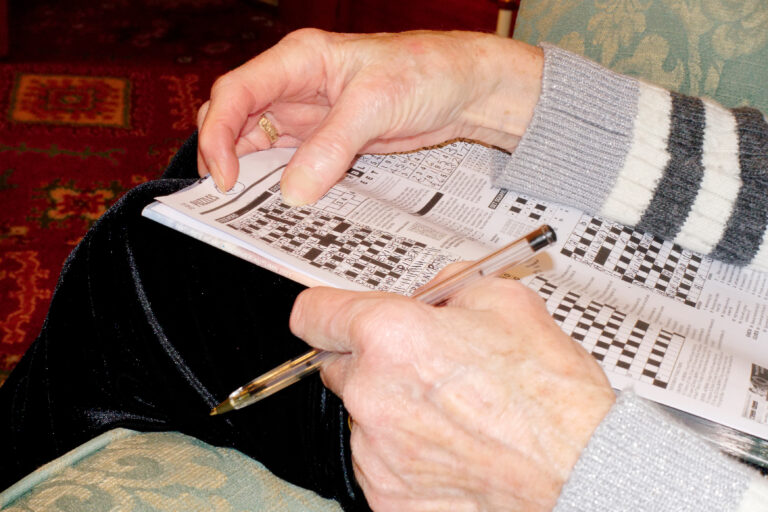CrossFit has gained massive popularity among fitness enthusiasts, including many over the age of 35. However, while it offers intense workouts and a strong community vibe, CrossFit can sometimes be tough on bodies past their mid-thirties if not approached carefully.
One major issue is that CrossFit often emphasizes high-intensity training with complex movements performed at speed. For younger athletes, this can be a great way to build strength and endurance quickly. But as we age, our muscles and joints don’t recover as fast or handle repetitive stress as well. Pushing too hard without adequate rest can lead to overtraining — where muscle fibers break down more than they repair — causing chronic soreness or even injury that takes weeks or months to heal.
Many traditional CrossFit programs don’t always account for these recovery needs in older adults. Training multiple days in a row with heavy lifts or high-impact gymnastics moves may overload muscles before they’ve had time to rebuild properly. This increases the risk of strains, joint pain, and long-term wear on connective tissues like tendons.
Another factor is that some CrossFit workouts are designed around “Rx” (as prescribed) standards meant for peak performance levels rather than scaled versions tailored for aging bodies. Trying to keep up with younger athletes by lifting maximal weights or doing advanced gymnastic skills without proper progression can cause undue stress on bones and soft tissues.
That said, there are programs specifically designed for people over 35 which focus on balancing intensity with smart recovery strategies. These plans prioritize fewer but higher-quality training days per week combined with skill practice at manageable loads so you improve safely without beating yourself up physically.
The key takeaway is that while CrossFit’s varied functional movements offer excellent benefits like improved cardiovascular health and strength maintenance—both crucial after 35—the approach must change from “go hard all the time” toward listening closely to your body’s signals about fatigue and soreness.
Without this adjustment, what starts as an empowering fitness journey risks turning into chronic injuries that limit mobility instead of enhancing it later in life. The goal should be sustainable fitness: challenging yet respectful of how aging affects muscle repair times and joint resilience.
In short: If you’re over 35 doing CrossFit but following programming meant for younger athletes or pushing through pain just to hit Rx numbers every workout—you might be setting yourself up for trouble down the road rather than lifelong health gains.





